Description
Help your students understand the impact of World War II and the Holocaust with a reading and discussion activity. Your students will learn vocabulary terms with Word Wall images and a Vocabulary Chart, read informational text on World War II, complete Doodle Notes, and then participate in a discussion activity after analyzing primary source quotes and images on the Holocaust.
You’ll receive:
• 8 different Word Wall Images for World War II and a Vocabulary Chart,
• Two pages of Informational Text on World War 2 and it’s impact on Europe including the causes of World War 2, main events of World War 2, and the impact of World War 2.
• Doodle Notes on World War II.
• A discussion activity on the Holocaust centering on ghettos, concentration camps, resistance, and genocide. Students will examine primary source images and quotes before reading a handout on each of these different topics. Students will then have a small group discussion as they discuss key information about the Holocaust.
• Google Slides on World War II.
⭐Please download the preview to see more information on this resource. ⭐
Doodle notes is a trademarked term used with permission. Please visit doodlenotes.org for more information.
2019 TEKS for 6th Grade World Cultures
(1) History. The student understands that historical events influence contemporary events. The student is expected to:
(A) trace characteristics of various contemporary societies in regions that resulted from historical events or factors such as colonization, immigration, and trade; and
(B) analyze the historical background of various contemporary societies to evaluate relationships between past conflicts and current conditions.
(2) History. The student understands the influences of individuals and groups from various cultures on various historical and contemporary societies. The student is expected to:
(A) identify and describe the historical influence of individuals or groups on various contemporary societies; and
(B) describe the social, political, economic, and cultural contributions of individuals and groups from various societies, past and present.
(9) Government. The student understands the concepts of limited and unlimited governments. The student is expected to:
(A) describe and compare examples of limited and unlimited governments such as constitutional (limited) and totalitarian (unlimited);
(B) identify reasons for limiting the power of government; and
(C) identify and describe examples of human rights abuses by limited or unlimited governments such as the oppression of religious, ethnic, and political groups.
(10) Government. The student understands various ways in which people organize governments. The student is expected to:
(A) identify and give examples of governments with rule by one, few, or many;
(11) Citizenship. The student understands that the nature of citizenship varies among societies. The student is expected to:
(A) describe and compare roles and responsibilities of citizens in various contemporary societies, including the United States; and
(13) Culture. The student understands the similarities and differences within and among cultures in various world societies.
(C) analyze the experiences and contributions of diverse groups to multicultural societies; and
(D) identify and explain examples of conflict and cooperation between and among cultures
(15) Culture. The student understands relationships that exist among world cultures. The student is expected to:
(A) identify and describe means of cultural diffusion such as trade, travel, and war;
(B) identify and describe factors that influence cultural change such as improvements in communication, transportation, and economic development;
(16) Culture. The student understands the relationship that exists between the arts and the societies in which they are produced. The student is expected to:
(A) explain the relationships that exist between societies and their architecture, art, music, and literature;
(B) describe ways in which contemporary issues influence creative expressions; and
(C) identify examples of art, music, and literature that convey universal themes such as religion, justice, and the passage of time.
(18) Science, technology, and society. The student understands the influences of science and technology on contemporary societies. The student is expected to:
(A) identify examples of scientific discoveries, technological innovations, and scientists and inventors that have shaped the world;
(19) Social studies skills. The student applies critical-thinking skills to organize and use information acquired through established research methodologies from a variety of valid sources, including technology. The student is expected to:
(A) differentiate between, locate, and use valid primary and secondary sources such as oral, print, and visual material and artifacts to acquire information about various world cultures;
(B) analyze information by sequencing, categorizing, identifying cause-and-effect relationships, comparing, contrasting, finding the main idea, summarizing, making generalizations and predictions, and drawing inferences and conclusions;
(C) organize and interpret information from outlines, reports, databases, and visuals, including graphs, charts, timelines, and maps; and
(21) Social studies skills. The student communicates in written, oral, and visual forms. The student is expected to:
(A) use social studies terminology correctly;
********************************************************************
© 2021 Social Studies Success, LLC. This purchase is for you and your classroom. Duplication for an entire school, an entire school system, or for commercial purposes is strictly forbidden. Please have other teachers purchase their own copy. If you are a school or district interested in purchasing several licenses, please contact me for a district-wide quote. Do not share this document with Amazon Inspire.
Please review all product descriptions and previews. If you have a question, contact me before you purchase at SocialStudiesSuccess1@gmail.com. As this is a digital product, all sales are final.
❤️ Dawn

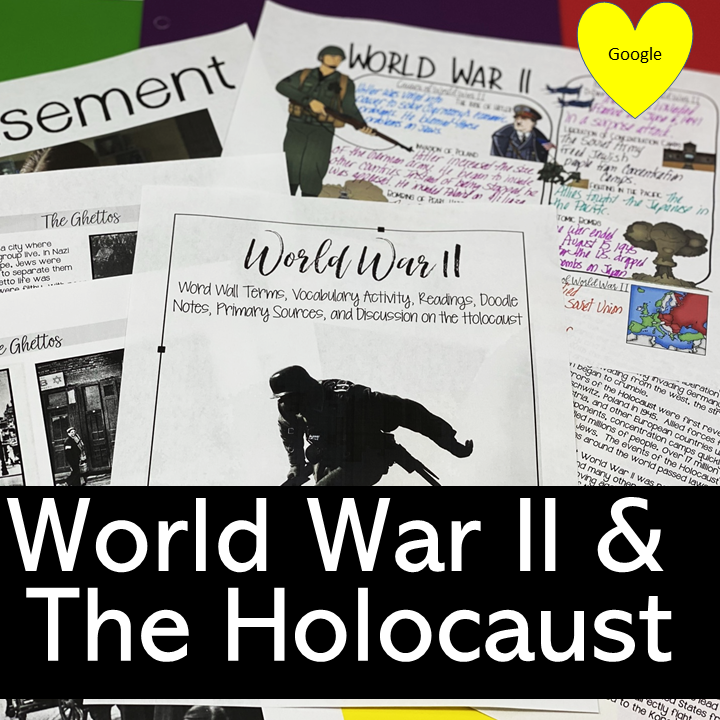
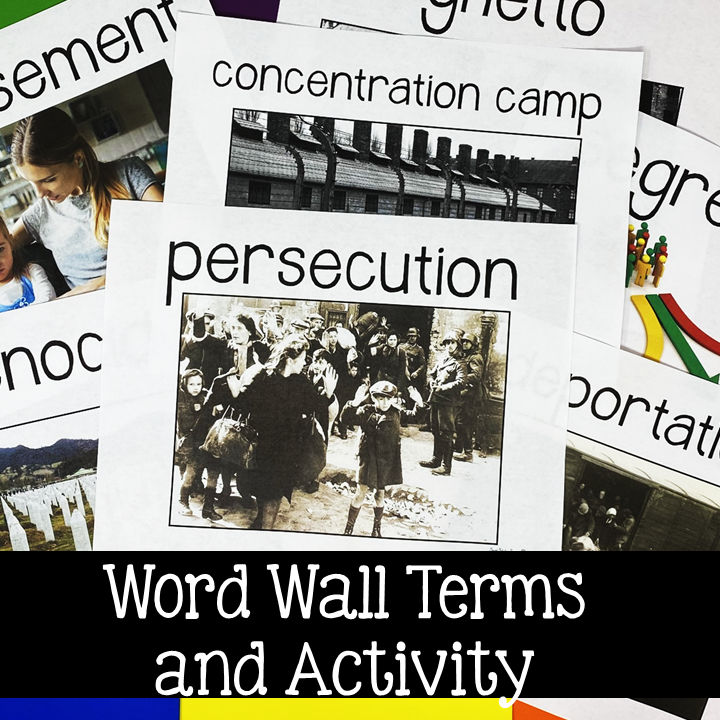

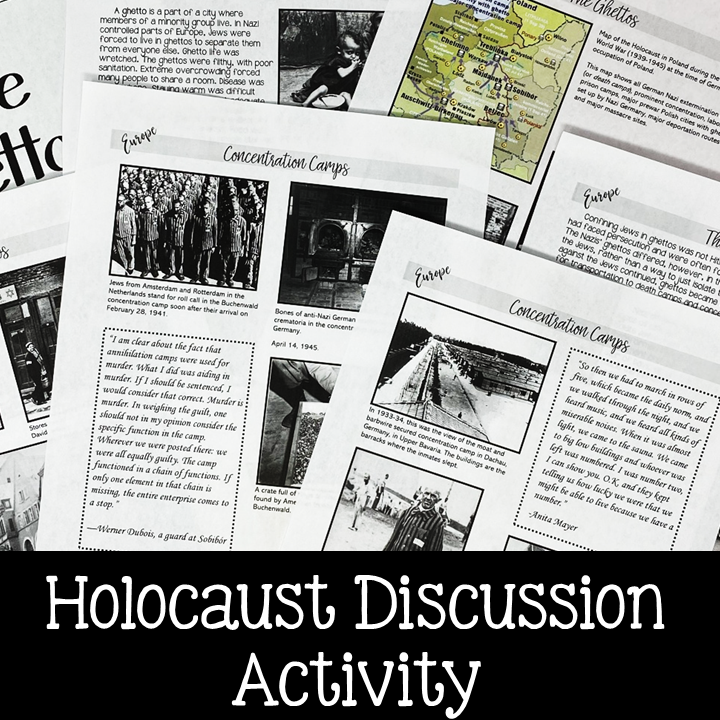
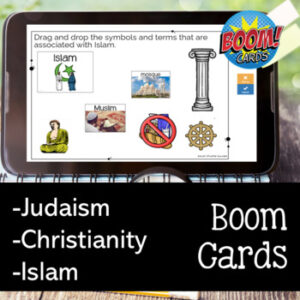

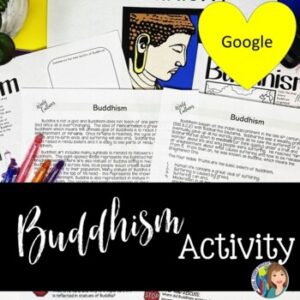
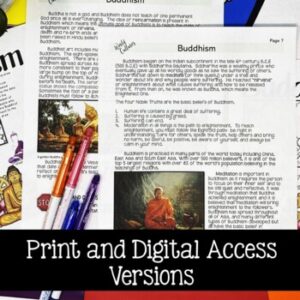
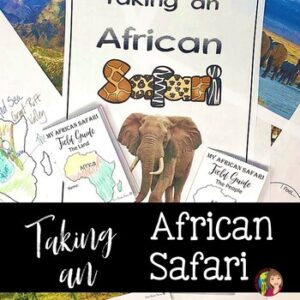

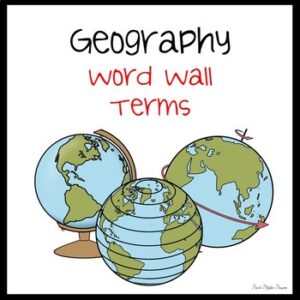
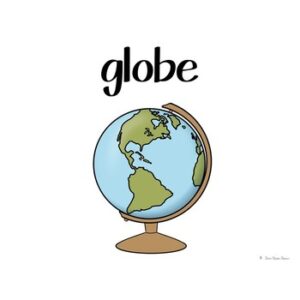
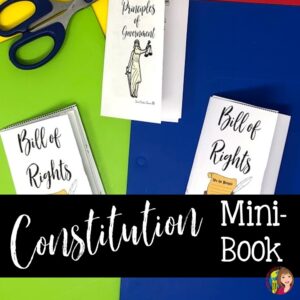

Reviews
There are no reviews yet.